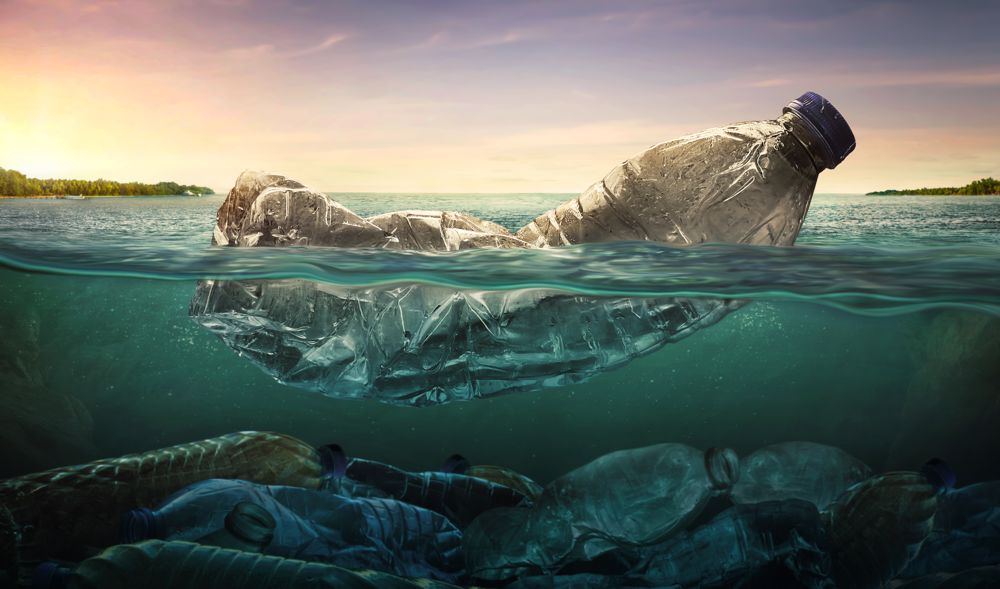Message in a Plastic Bottle – The Search for Sustainability
The PET (polyethylene terephthalate) plastic bottle is one of the most widely used and consumed types of plastic in the world and it is also the most common item collected on beaches by litter pickers.
With plastic polluting our oceans and consuming an ever-greater amount of our carbon budget the question is, if plastic is so damaging to our environment, why haven’t we done anything about it?
The first PET bottle was patented by Nathaniel Wyeth, a materials scientist working for Du Pont in 1973. Du Pont were searching for a light-weight material capable of withstanding 2 times atmospheric pressure for transporting carbonated fluids. This discovery came 4 years after the first ever Life Cycle Assessment conducted by a drinks company into their packaging materials (1969). This study was repeated publicly in 1974 by the US Environmental Agency and concluded that “no single use container will be improved to match or surpass that of the 10-trip returnable glass bottle in the near future.” Despite that conclusion, companies argued that through the development of kerbside recycling that plastic could one day out perform other materials in terms of its environmental footprint.
Numerous sources have since supported the claim that Plastic can have a lower CO2 footprint than other materials. One of the main ways that plastic bottles has achieved that superiority, in terms of CO2 emissions, is through de-weighting. The average weight of single-serve 0.5 litre PET water bottle is now 9.9 grams, nearly half of what it weighed in 2000. That is both a material saving and a significant saving in transport.
Recycling of PET bottles was started in the 1980s, originally with Plastic bottles recycled into lower grade products (e.g., clothes) but in 1991 the US food standards agency approved bottle to bottle recycling for the purpose of food packaging. Despite these technical developments the rate of recycling globally remained low but in 2016, for the first time, recycling of plastics overtook landfill within the European Union, mostly as a result of government policy restricting plastic in landfill.
So, if bottle to bottle recycling was technically feasible in 1991, why did it take a further 25 years to overtake landfill and why is it still less popular than waste to energy? The first reason for that is contamination which makes about 30% of all collected plastic bottles unsuitable for recycling. Contamination can occur for many different reasons such as the use of additives (on average plastics are 7% additives) or the bottle contents or contamination during waste collection.
The second is consumer and retailer behaviours which have only recently begun to commit to significant percentage of packaging being produced from recycled content. This was mainly as a result of waste import bans in Asia and increased consumer awareness.
There is no doubt that the plastic bottle is a marvellous feat of engineering and that it has the potential to be a sustainable material choice for a number of packaging needs. However, Chemical Engineers must accept their part in failing to address the end to end life cycle during the product creation. Luckily when it comes to the future and the requirement for end to end process development, chemical engineers are well placed to find the solution.

References:
Online portal for marine litter
How the plastic bottle went from miracle container to hated garbage
Production, use, and fate of all plastics ever made
Plastic bottles are a recycling disaster
Plastics in a circular economy
Single use plastics: a roadmap for sustainability
Plastic food packaging - beach trash